Skyline Honey Locust Care: Learn How To Grow A Skyline Locust Tree
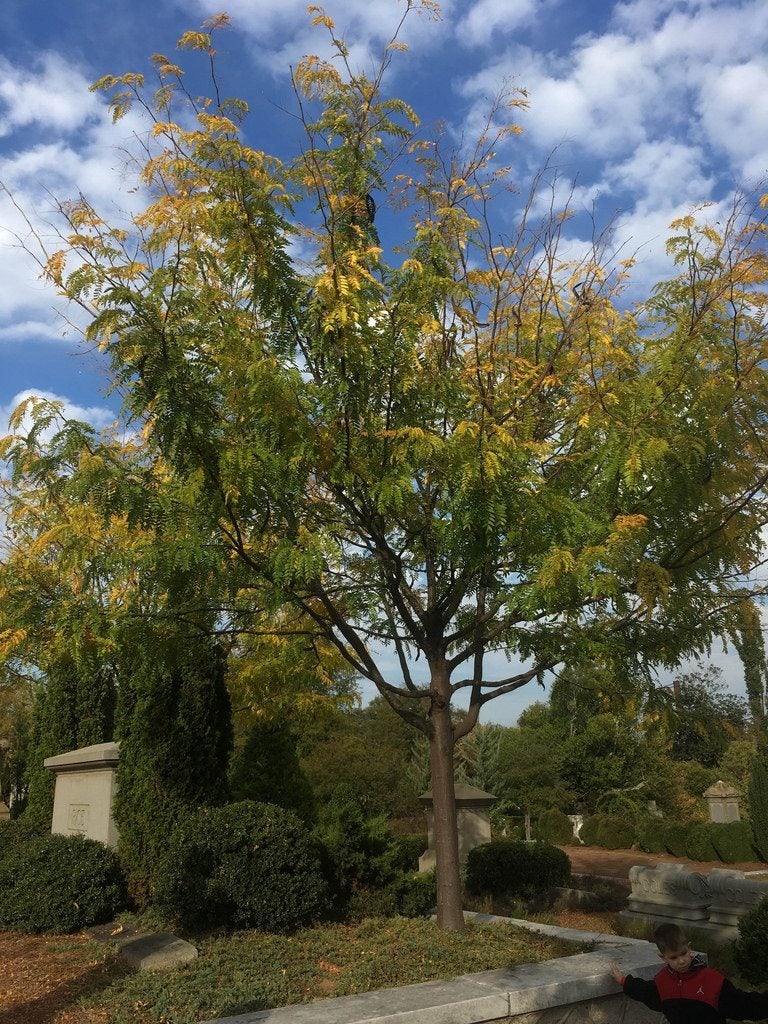
The honey locust ‘Skyline’ (Gleditsia triacanthos var. inermis ‘Skyline’) is native to Pennsylvania into Iowa and south to Georgia and Texas. The form inermis is Latin for ‘unarmed,’ in reference to the fact that this tree, unlike other honey locust varieties, is thornless. These thornless honey locusts are great additions to the landscape as a shade tree. Interested in growing Skyline honey locusts? Read on to find out how to grow a Skyline locust tree.
What is a Skyline Thornless Honey Locust?
Honey locust ‘Skyline’ can be grown in USDA zones 3 through 9. They are rapidly growing shade trees lacking the up to a foot long (31 cm.) thorns and, in most cases, the large seed pods that adorn other honey locust trees. They are rapidly growing trees that can grow up to 24 inches (61 cm.) per year and attain a height and spread of about 30 to 70 feet (9-21 m.). The tree features a rounded canopy and pinnate to bi-pinnate dark green leaves that turn an attractive yellow in the fall. Although the lack of thorns is a boon to the gardener, an interesting side note is that the thorned varieties were once called Confederate pin trees since the thorns were used to pin Civil War uniforms together.
How to Grow a Skyline Locust
Skyline locusts prefer rich, moist, well-draining soil in full sun, which is at least six full hours of direct sun. They are tolerant of not only a wide array of soil types, but also of wind, heat, drought, and salinity. Due to this adaptability, Skyline locusts are often selected for median strip planting, highway plantings, and sidewalk cutouts. There is little to no need for special Skyline honey locust care. The tree is so adaptable and tolerant and easy to grow once established that it basically maintains itself. In fact, areas suffering from urban air pollution, poor drainage, compact soil, and/or drought are actually perfect areas for growing Skyline honey locusts within USDA zones 3 through 9.
Gardening tips, videos, info and more delivered right to your inbox!
Sign up for the Gardening Know How newsletter today and receive a free copy of our e-book "How to Grow Delicious Tomatoes".

Amy Grant has been gardening for 30 years and writing for 15. A professional chef and caterer, Amy's area of expertise is culinary gardening.
-
 Looking For Plants To Give You The Soft And Fuzzies? Try These 5 Fuzzy Leaf Plant Options
Looking For Plants To Give You The Soft And Fuzzies? Try These 5 Fuzzy Leaf Plant OptionsLovers of texture, drama, silver foliage and tactile plants will adore these special sensory garden additions. These fuzzy leaf plant options will leave you all aglow
By Susan Albert
-
 Get Ready For A Summer Of Hummers! Grow These Full Sun Hummingbird Plants and Flowers
Get Ready For A Summer Of Hummers! Grow These Full Sun Hummingbird Plants and FlowersIf you’re lucky enough to enjoy a sunny backyard, make sure you are maxing out on your pollinator opportunities and grow these full sun hummingbird plants and flowers
By Tonya Barnett
-
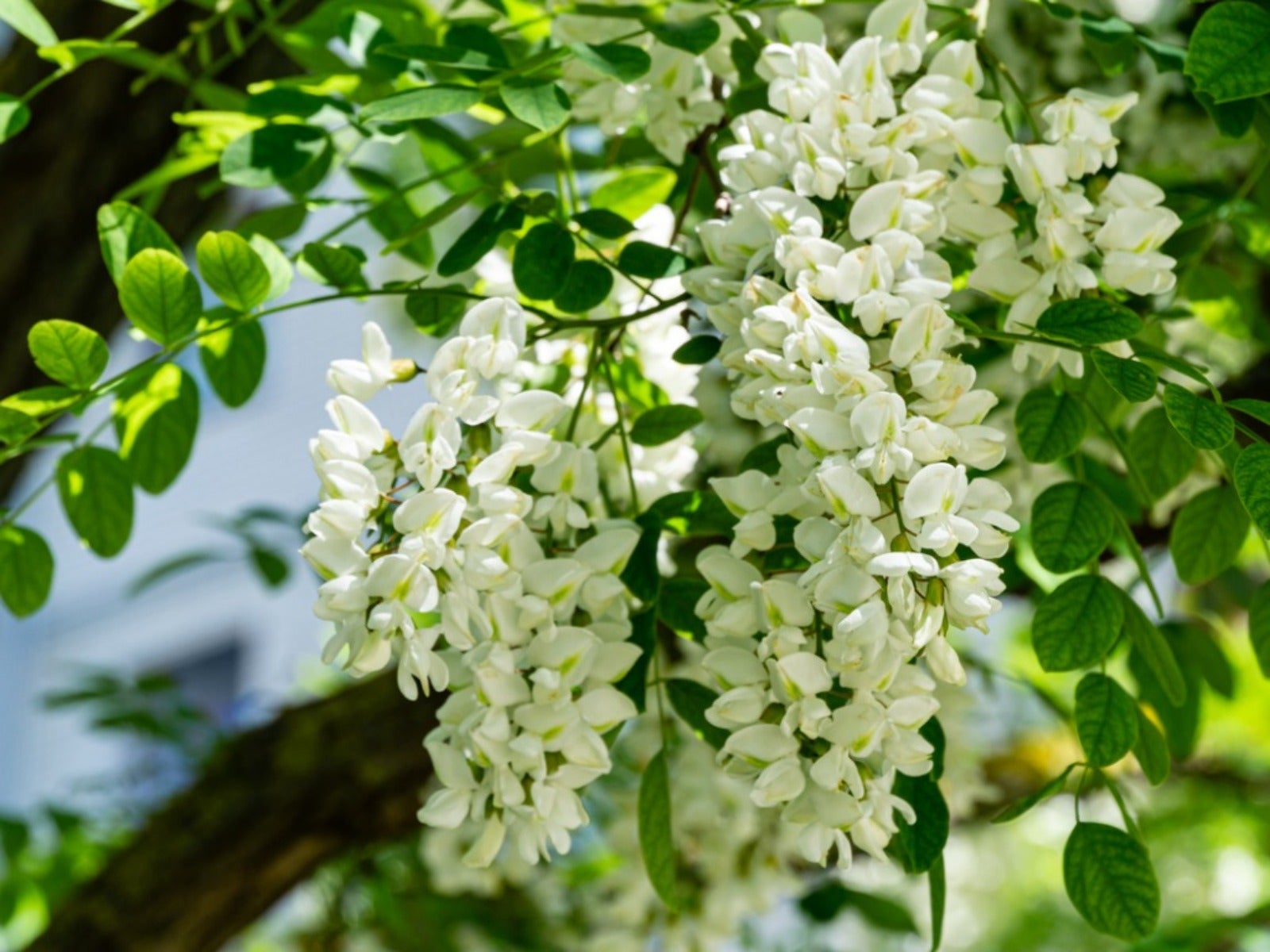 Are Black Locust Trees Invasive Even Though They’re Native?
Are Black Locust Trees Invasive Even Though They’re Native?Is the black locust tree a stunning ornamental or an extremely invasive undesirable? Read on for the curious answer.
By Teo Spengler
-
Twisty Baby Locust Care: How To Grow A Twisty Baby Locust Tree
If you’re looking for a dwarf tree with year-round interest, try black locust ‘Twisty Baby’ with a unique contorted form. Click here for more info.
By Amy Grant
-
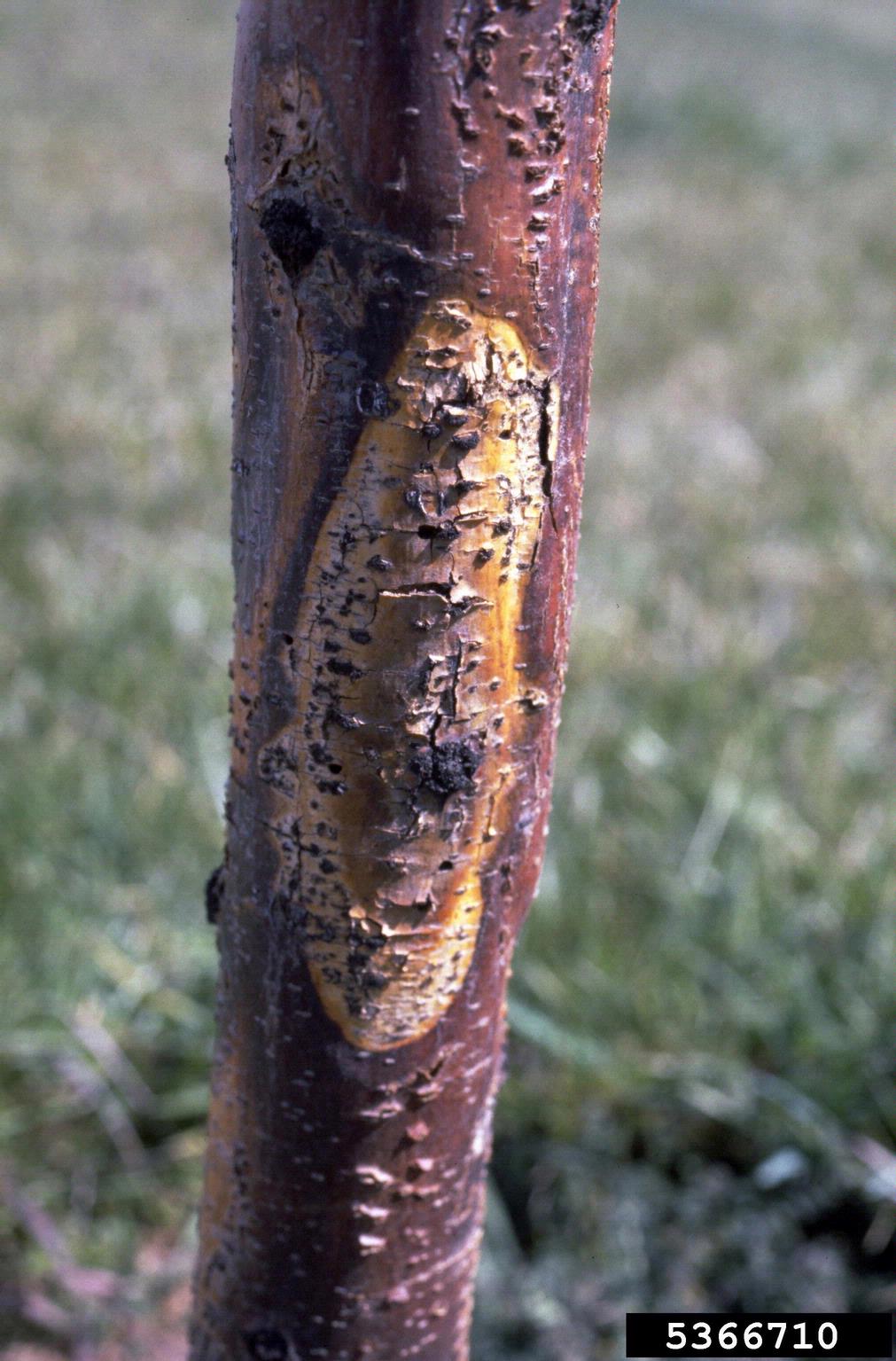 What Is Thyronectria Canker – Learn About Thyronectria Canker Treatment
What Is Thyronectria Canker – Learn About Thyronectria Canker TreatmentBecoming more familiar with potential diseases that may impact or diminish tree health is one way to accomplish this. Thyronectria canker on honey locusts, for instance, is an infection that can cause undue plant stress and decline. You can learn more about it here.
By Tonya Barnett
-
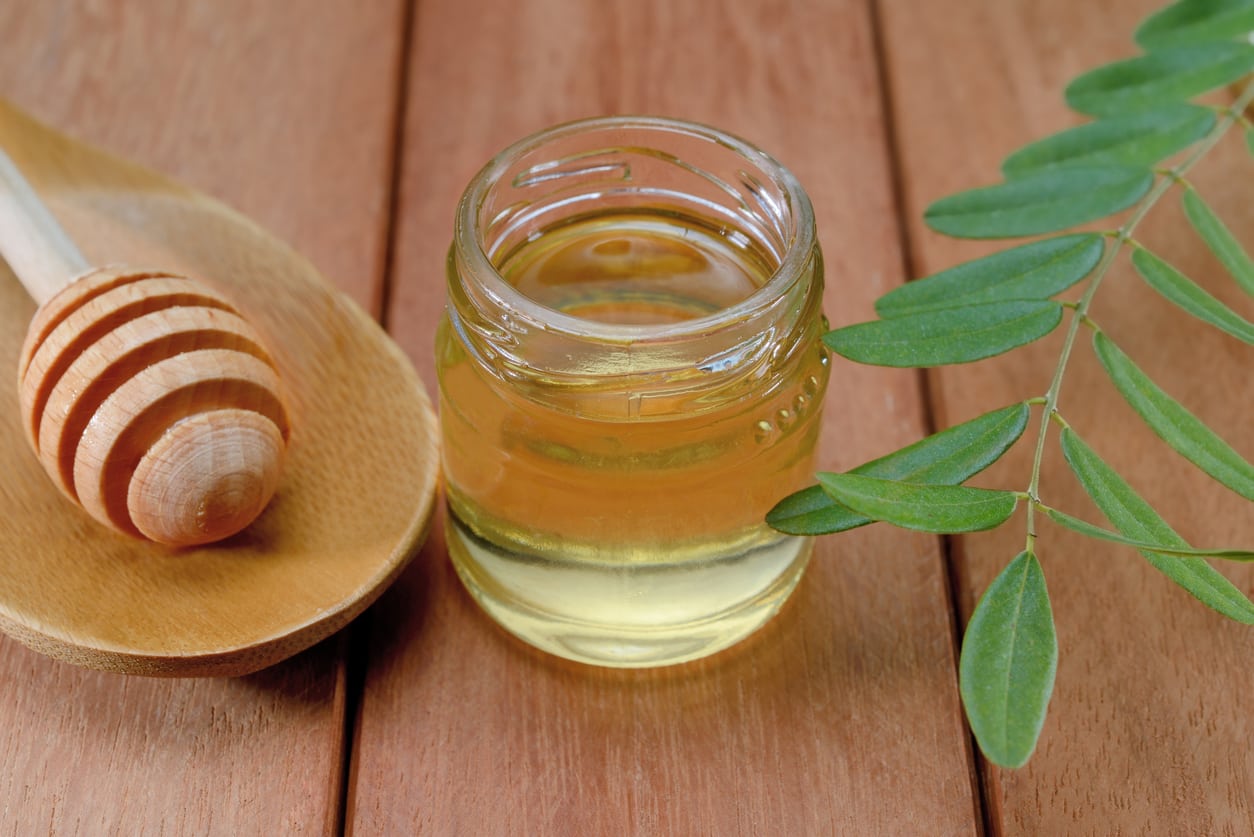 What Is Acacia Honey: Learn About Acacia Honey Uses And Benefits
What Is Acacia Honey: Learn About Acacia Honey Uses And BenefitsWhere does acacia honey come from? Maybe not where you think it does. Click this article to find out the answers to these questions, as well as acacia honey uses and more fascinating acacia honey information.
By Amy Grant
-
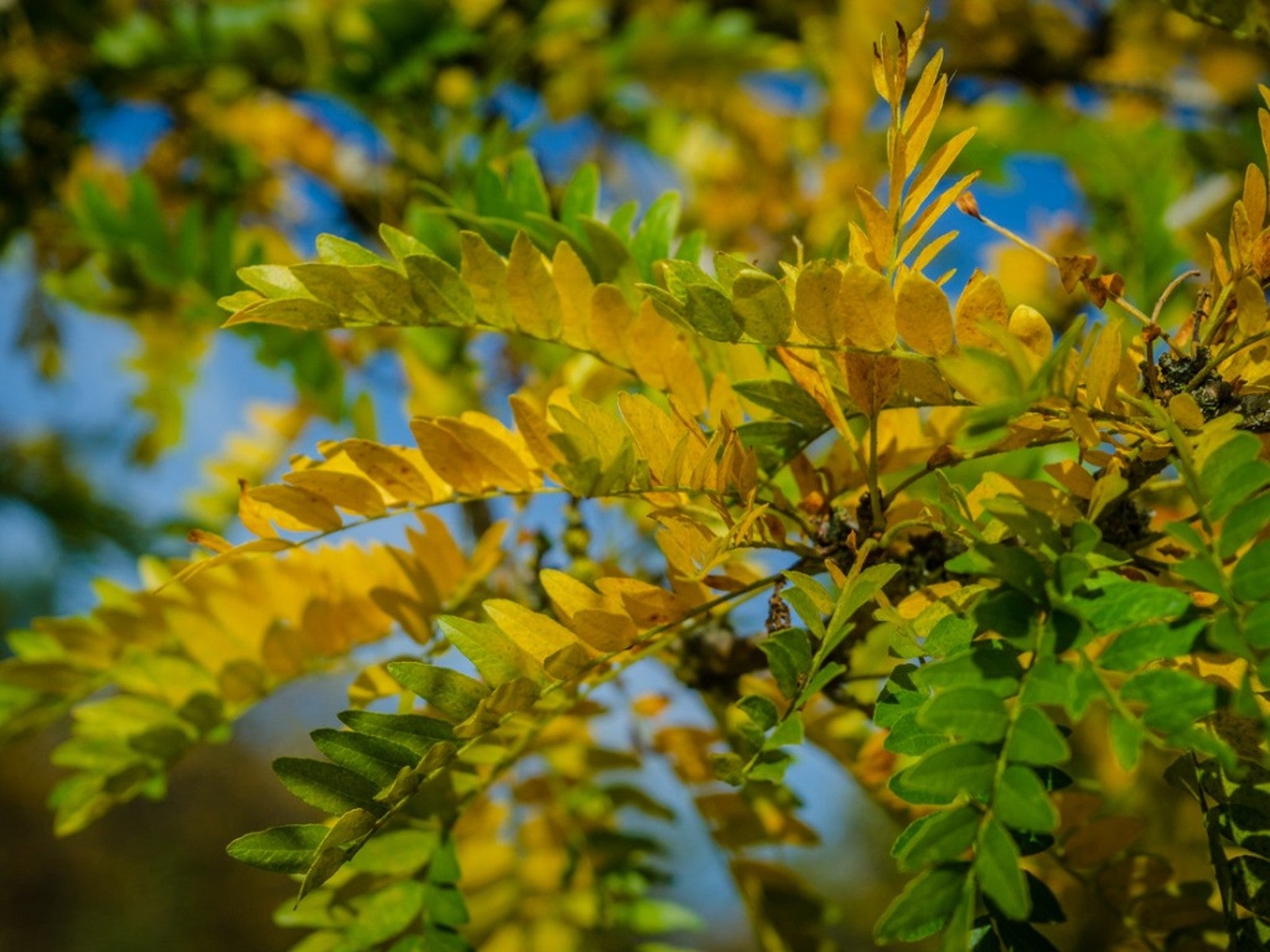 Honey Locust Information – How To Grow A Honey Locust Tree
Honey Locust Information – How To Grow A Honey Locust TreeHoney locust is a popular deciduous landscaping tree, especially in cities, used for shade and the small leaves don't need to be collected in the fall. A little bit of honey locust information is all you need to start growing this tree in your yard. This article will help with that.
By Mary Ellen Ellis
-
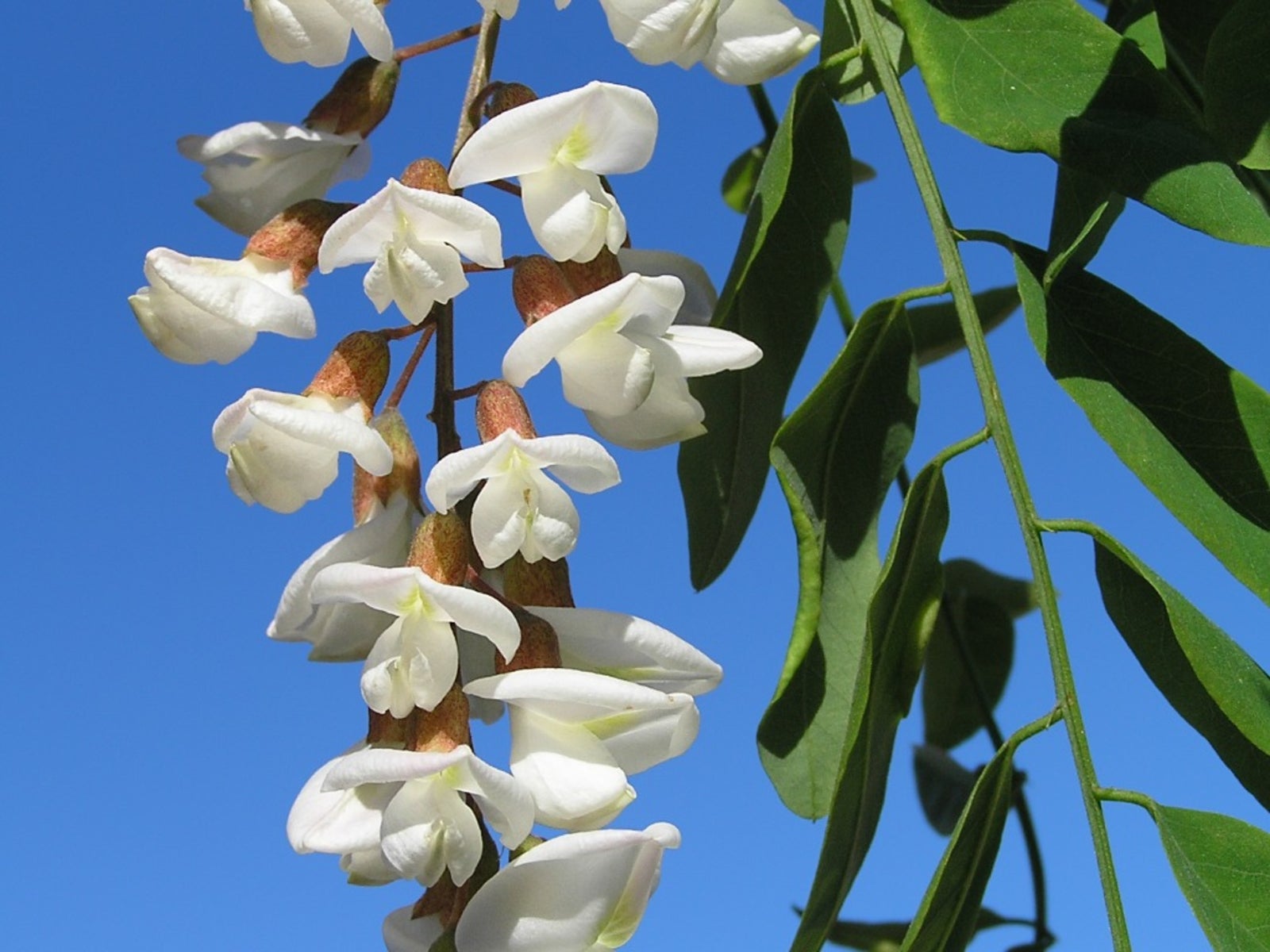 Black Locust Trees For Landscaping: Tips On Growing Black Locust Trees
Black Locust Trees For Landscaping: Tips On Growing Black Locust TreesBlack locust trees are at their best in late spring. Growing black locust trees is easy, but they can become weedy if you aren't diligent about removing suckers. Read here for more black locust information.
By Jackie Carroll
-
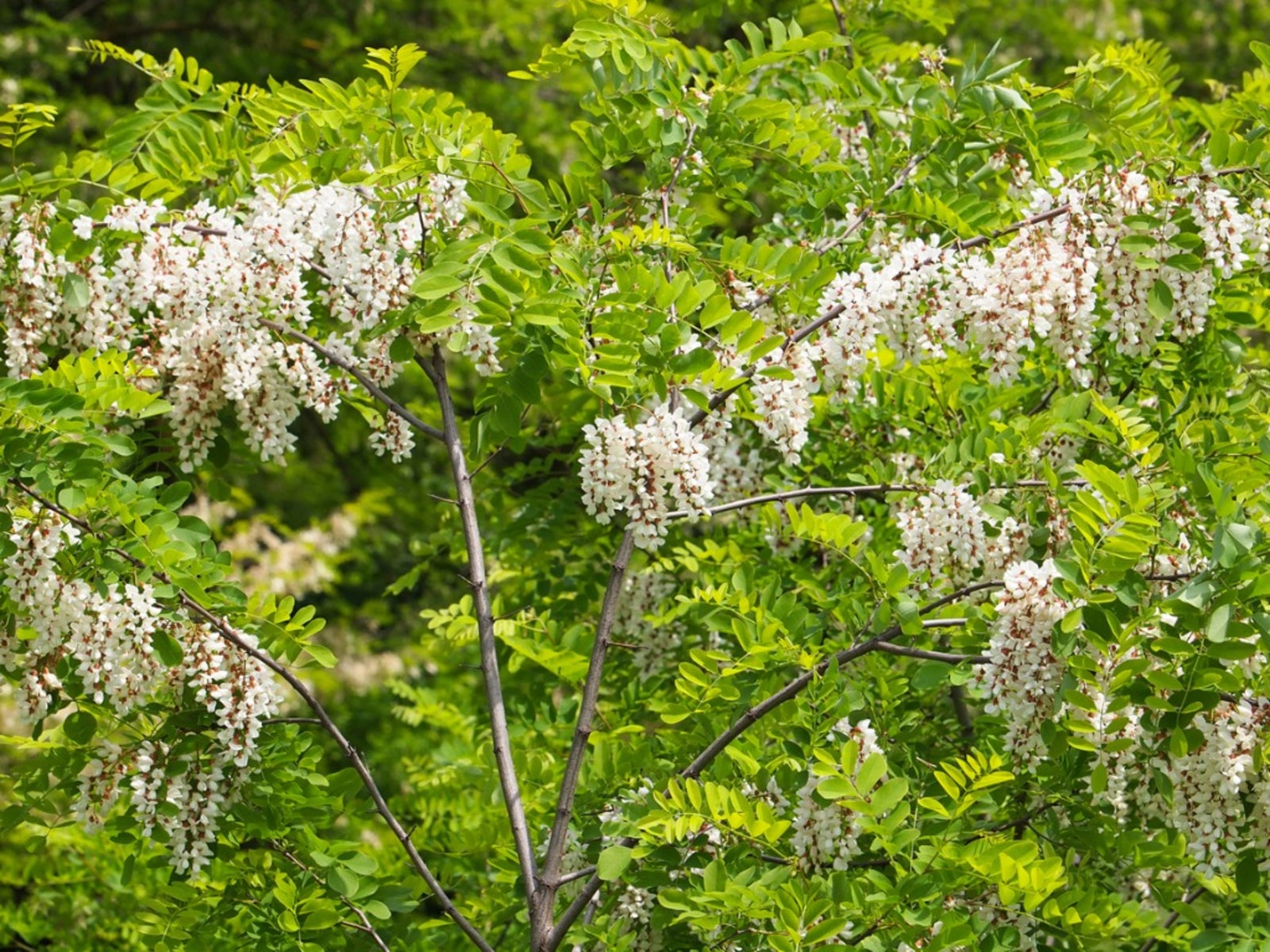 Locust Tree Information - Types Of Locust Trees For The Landscape
Locust Tree Information - Types Of Locust Trees For The LandscapeLocust trees produce large clusters of pea-like flowers that bloom in spring followed by long pods. Growing locust trees is easy and they adapt well to lawn and street conditions. Learn more here.
By Jackie Carroll